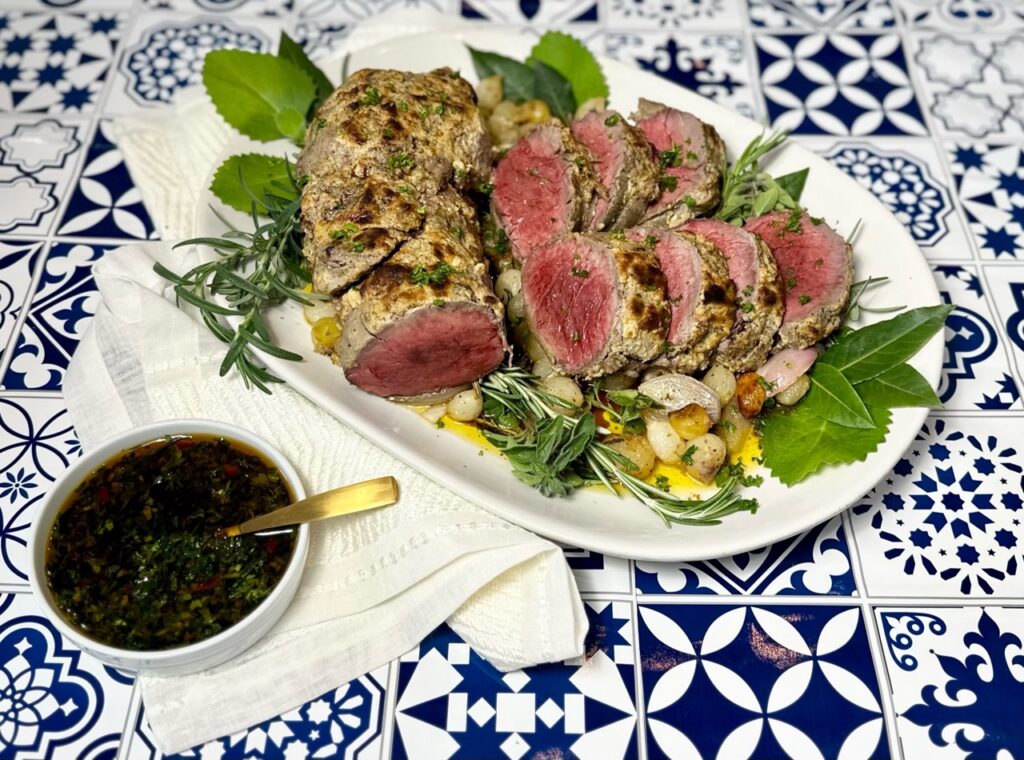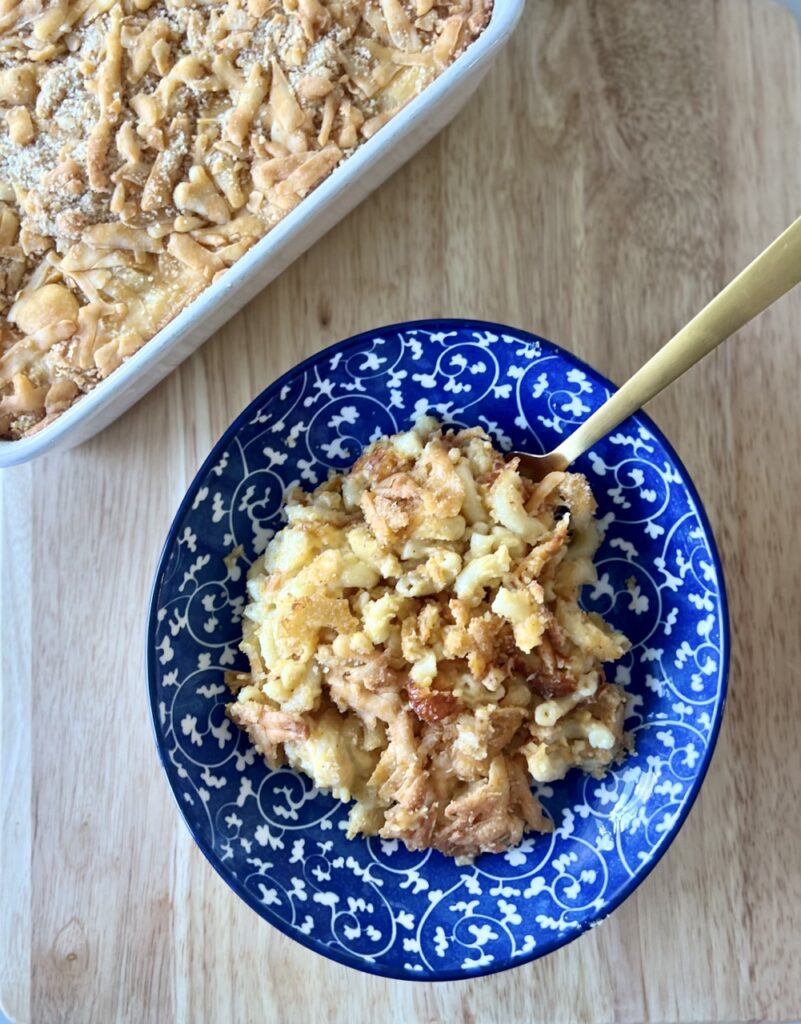This Pavlova Recipe will help guide you so you can feel confident in making this complicated yet delicious decadent dessert.
If you have ever had the honor of eating a Pavlova, then you know how luxurious of an experience it can be. However eating a Pavlova and making one are two totally different experiences. Pavlova ranks high on the intimidation scale. However after many many trials and many many errors, we are here with a can’t miss recipe.
What is Pavlova?
Pavlova is a meringue-based dessert. It originated in either Australia or New Zealand in the early 20th century, and named after the Russian ballerina Anna Pavlova. Lucky lady.
This elegant dessert is addictive for its crispy exterior and marshmallow-like interior. That is what we love most about this dessert, it’s a combination of textures. The creamy filling is so luxurious studded and it’s usually studded with an assortment of berries and cherries. These texture combinations elevate this dessert into something so special.
Many Latin American recipes such as the Peruvian and Uruguayan versions add dulce de leche and nuts in addition to the whipped cream. We kept ours close to the classic original. We top the pavlova with fresh whipped cream and a mixture of fresh fruit. It’s stunning and dramatic.
Why Trust Our Pavlova Recipe
In the world of desserts, pavlova is a difficult one to pull off. The best advice we can give you is – trust the recipe. Every step is done with intention and for a reason. A lot of research and trial was done in the making of this recipe, trust us.
Pavlova can be temperamental depending on the weather, the tools you use, the time you beat the egg whites, the amount of sugar and the ingredients you use to keep it stable, etc. The list goes on and on of all the things that can get between you and the perfect pavlova.
After a lot of testing we came up with the most resilient pavlova recipe. Unlike most pavlova recipes that are made from a French Meringue recipe, we opted to use a Swiss meringue for the best results. This pavlova is shaped into a 9-inch circle and at least 2 inches high so that the marshmallow center is surrounded by a hallow and crispy shell.
Why make the pavlova from Swiss Meringue instead of just beating it like other recipes suggest? A Swiss meringue is a lot more stable and fool proof. All, or at least most, of the issues you get with pavlova (excessive cracking, humidity, weeping, etc.) are kept under control with a swiss meringue because you heat the egg whites and sugar before forming the pavlova and baking it.
Must have tools for Pavlova Recipe:
- Medium-sized pot
- A large glass bowl that will fit on top of the pot without touching the water in the pot.
- A handheld mixer
- Rubber spatula
- Offset spatula
- Silpat with a 9-inch circle stencil
- Baking sheet
Our Tips for Making the Pavlova Recipe:
- We use regular granulated sugar but if you want it very white with no color you can use caster sugar.
- When beating the mixture we want you to beat until they are stiff peaks, what does this mean?!
- Stiff Peaks: when you lift the mixture from the beaters, the egg whites will look like stiff little mountains standing on their own. The mixture shouldn’t be droopy or flat.
- However when beating we don’t want you to overmix. As soon as it’s holding its shape, you can stop. You don’t want the mixture to separate.
- VERY IMPORTANT Once the pavlova has gone into the oven, do not open it for the next 90 minutes.
- After all the obsessing over baking the perfect pavlova we have to tell you that embracing the imperfections is part of the beauty. Even if you do everything right, when you go to assemble the pavlova it will probably sink in the center or crack when you slice it. Don’t worry. At this point you have done everything you can to make one of the most difficult and unique desserts. It’s still going to look impressive and taste delicious.
What to Serve Alongside our Pavlova Recipe
This dessert is worthy of ending an over the top dinner party or a fancy lunch. Here are some great ideas for a fancy menu: Our roasted filet, creamy orzo and this pavlova would be a dream menu any day.






Pavlova Recipe
Course: Desserts10
servings30
minutes4
hoursPavlova Ingredients
6 egg whites, at room temperature
1 ½ cups of granulated sugar
1 teaspoon of cream of tarter
1 tablespoon of cornstarch
1 tablespoon of vanilla extract
¼ teaspoon salt
- For the Topping
2 cups of heavy whipping cream
½ teaspoon of vanilla bean paste (we like Heilala or Nielsen-Massey)
4 tablespoons of confectioners’ sugar
3 cups of berries (strawberries, blueberries, raspberries, cherries)
Directions
- Preheat oven to 325 degrees. Place the rack in the middle of the oven.
- Set up a double boiler. Fill a medium sized pot with water about 2 inches high. Cover and bring the water to a boil on high heat. Once the water is boiling, drop the temperature to maintain a steady simmer.
- Using a heat safe bowl that is stainless steel or glass, combine egg whites and salt. Place the large bowl over the saucepot. Beat with a handheld mixture for 1 minute until it becomes foamy. (Be sure the bottom of the bowl doesn’t touch the water!)
- Once the mixture is foamy, add the sugar in a very slow and gradual stream. Keep the bowl over the pot and beat with the hand-held mixer on high. Scrape the sides and bottom with a rubber spatula and be sure everything is being incorporated by the mixer.
- After the mixture begins to thicken, remove from the steaming pot and continue to use the mixer. Add the vanilla, cream of tarter and cornstarch.
- Beat on high for another 3-5 minutes. You want there to be ripples of the meringue in the bowl. As it thickens it will hold its shape.
- It should form stiff peaks, which means when you lift the mixture from the beaters, the egg whites will look like stiff little mountains standing on their own. The mixture shouldn’t be droopy or flat.
Don’t overmix. As soon as it’s holding its shape, you can stop. You don’t want the mixture to separate. - Shape the pavlova into a 9-inch circle using an off-set spatula or knife. It should be about 2-inches high. You can keep it as smooth or rustic as you’d like.
- Drop temperature to 275 degrees. Bake for 1 ½ hours until you see the pavlova harden on the outside. Do not open the oven before the hour and a half. Once it has baked for that time open the oven and touch the outside of the pavlova and it should feel dry and not sticky.
- If it is dry, you can turn off the oven and leave it in the oven for at least three hours to cool. It will cool slowly. The best way is to leave it in the oven overnight so it cools completely. If it’s sticky when you touch it, the pavlova needs to bake for another 10-15 minutes before you turn off the oven.
- When you are ready to serve the pavlova make the whipped cream and prepare the fruit. It’s best when some of the fruit is cut and the other is left whole. It visually looks beautiful. Make the whipped cream by adding COLD cream to a bowl with the pinch of salt. Whip on high with a hand held beater or stand mixer. As soon as it starts to bubble and slightly thicken, slowly add the sugar. As soon as it is thick and resembles thick cream it is ready.
- Top the pavlova with the whipped cream, add the fruit and serve. It will keep in the fridge for a couple of hours but the longer it sits, the more the meringue will soften because of the cream and the weight of the fruit.


